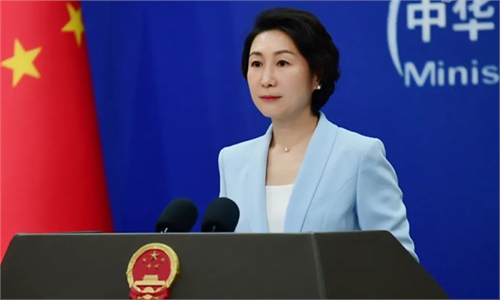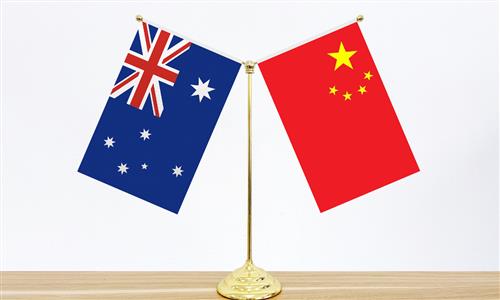One in four men will break a bone in their lifetime due to osteoporosis, according to the Bone Health & Osteoporosis Foundation. Although it's often seen as a condition that mainly affects women, osteoporosis in men is more widespread than many people expect.
It often remains undetected until a significant fracture happens. That's why osteoporosis awareness is so important, especially for senior men.
At Diamond Ridge, conveniently located in Troy, NY, we support the overall well-being of our residents, including their bone health. In this post, we'll explain why men should take bone strength seriously, what signs to look out for, and how to build stronger bones through healthy habits.
If you're a senior or care about one, this information is worth knowing.
What Is Osteoporosis in Men?
Put simply, osteoporosis is a condition that weakens bones, making them more prone to fractures. While it's often linked to women, men can also experience significant bone loss as they age. In fact, millions of men in the U.S. are affected by this condition, but many don't realize it until they suffer a fracture.
In men, osteoporosis usually develops later in life and tends to progress quietly. Because male bone loss happens more slowly, early signs are often missed.
As time goes on, bones may weaken and become more brittle, increasing the risk of fractures in areas like the wrist, spine, or hips. Several risk factors increase the chances of developing osteoporosis. These include:
- Low testosterone
- Poor diet
- Lack of exercise
- Smoking
- Alcohol use
- Long-term use of certain medications
Men with a family history of osteoporosis or those who have had previous fractures are also more at risk.
Why It's Often Overlooked
The reality is that osteoporosis is often seen as a women's health issue, which means it's commonly overlooked in men. Because of this, men are less likely to be screened or treated for the condition, even though they can face serious health risks from it.
Many healthcare providers don't routinely check bone density in older men unless there's already been a fracture. This leads to delayed diagnoses and missed chances to prevent bone loss. Men also may not talk to their doctors about bone health because they don't think it applies to them.
This lack of awareness can be dangerous. When osteoporosis isn't caught early, the risk of a major injury, like a hip fracture, goes up. These injuries can lead to long recovery times and even long-term disability.
Raising awareness about osteoporosis in men is key. The more men know about their risk, the more likely they are to take steps to stay healthy and strong in older age.
Signs and Symptoms to Watch For
Osteoporosis is often referred to as a "silent" condition because it typically shows no obvious symptoms in its early stages. Many men don't realize they have it until they experience a broken bone, often from a minor fall or bump.
Still, there are signs to look out for. Back pain, especially if it's sudden and sharp, may be caused by a small fracture in the spine.
A noticeable loss of height or a stooped posture can also be warning signs. These changes often happen slowly, so they might not be obvious right away.
If you've had a fracture after age 50 or a noticeable decrease in strength or balance, it's a good idea to talk to your doctor. They may recommend a bone density test to check your bone strength.
Knowing what to watch for can help men take action early. Catching osteoporosis before a serious injury happens is one of the best ways to protect your health.
Key Steps to Strengthen Bone Health
Thankfully, there are simple steps men can take to protect and strengthen their bones. A balanced diet rich in calcium and vitamin D is a good place to start.
These nutrients support bone structure and help your body absorb and use minerals properly. Dairy products, leafy greens, and fortified cereals are all helpful options.
Staying active is also important. Weight-bearing exercises like walking, light strength training, and resistance bands help keep bones strong.
At Diamond Ridge, we support the well-being of our residents with wellness programs that promote safe and healthy movement for older adults.
Avoiding smoking and limiting alcohol are two more ways to protect your bones. These habits can gradually weaken bones and increase the likelihood of fractures.
Routine check-ups and bone density screenings are also helpful, especially if you're over 65 or have risk factors. Taking care of your bones now can help you stay active and independent for years to come.
Safe Exercise Ideas for Men With Osteoporosis
Exercise is a key part of managing osteoporosis, but it's important to choose safe activities that won't put too much strain on your bones. For men with osteoporosis, low-impact exercises are the most suitable option.
Walking is a great option, as it supports bone strength without high risk. Swimming and cycling are also gentle on the joints while helping with balance and fitness.
Using light weights or resistance bands for strength training can help build muscle and enhance bone health. Stretching and balance exercises, such as tai chi or chair yoga, can improve coordination and help prevent falls.
It's important to avoid high-impact movements or any exercise that involves twisting or bending forward sharply, especially if you have spinal issues. It's also important to consult with your doctor or physical therapist before beginning any new exercise routine.
Bone Health Tips for Senior Men's Health
The bottom line is that osteoporosis in men is more common than many think, but with the right steps, it's possible to reduce risk and stay strong. Paying attention to bone loss in men and making healthy changes early can support better mobility and independence.
Here at Diamond Ridge in Troy, NY, we help residents focus on wellness and aging safely through supportive programs and care. In particular, our independent living service is designed to increase freedom and promote an active lifestyle, thanks to a wide range of amenities such as an activity room, a library, a community center, and a health and fitness center.
Schedule a tour to see how our senior living community can support your health and lifestyle goals
Written By: Diamond Ridge









